Mỹ Sơn
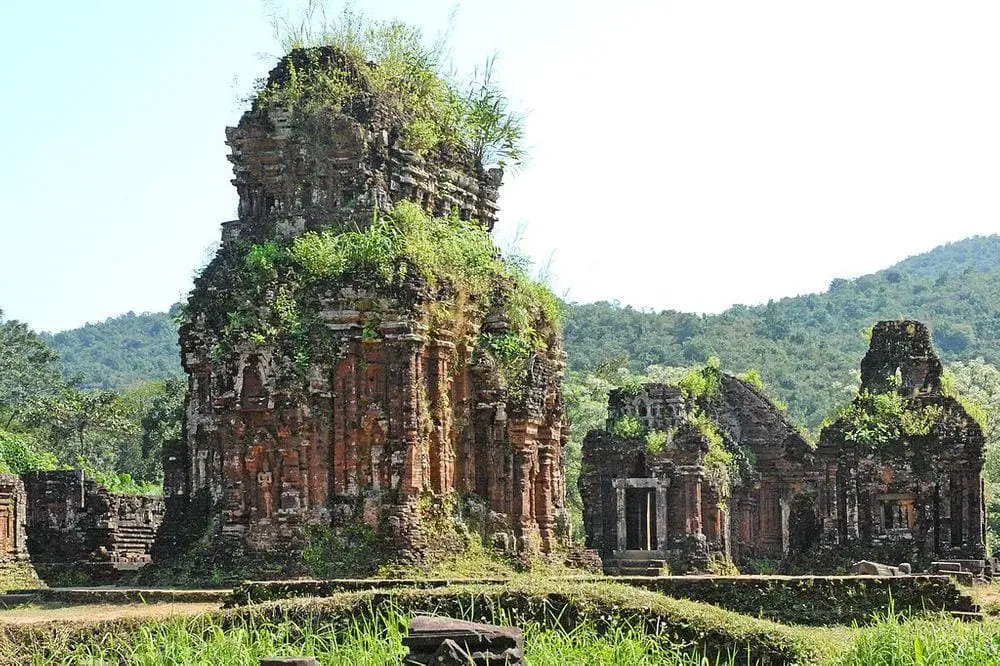
Ruins of a group of more than 70 Hindu temples. These temples were built in the times of the Champa Empire between the 4th and 14th century AD. This site serves as a kind of religious capital of Champa. Most of the heritage was destroyed by US bombing during the Vietnam War. Buildings in this temple city were very ornate and ruins provide rich knowledge about the art and architecture in Champa Empire.
Dương Long towers
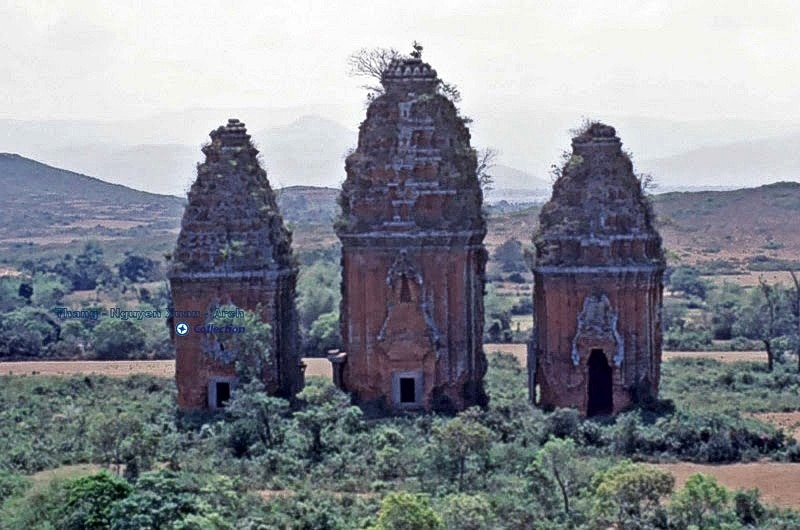
Tallest historical Hindu temple in Vietnam, built by the people belonging to Cham culture in the 12th century. Towers are located in the site of the abandoned and ruined Vijaya city. Ruins consist of three towers, the central one is 24 m tall and two others – 22 m tall. Walls of towers are adorned with beautiful stone carvings.
One Pillar Pagoda
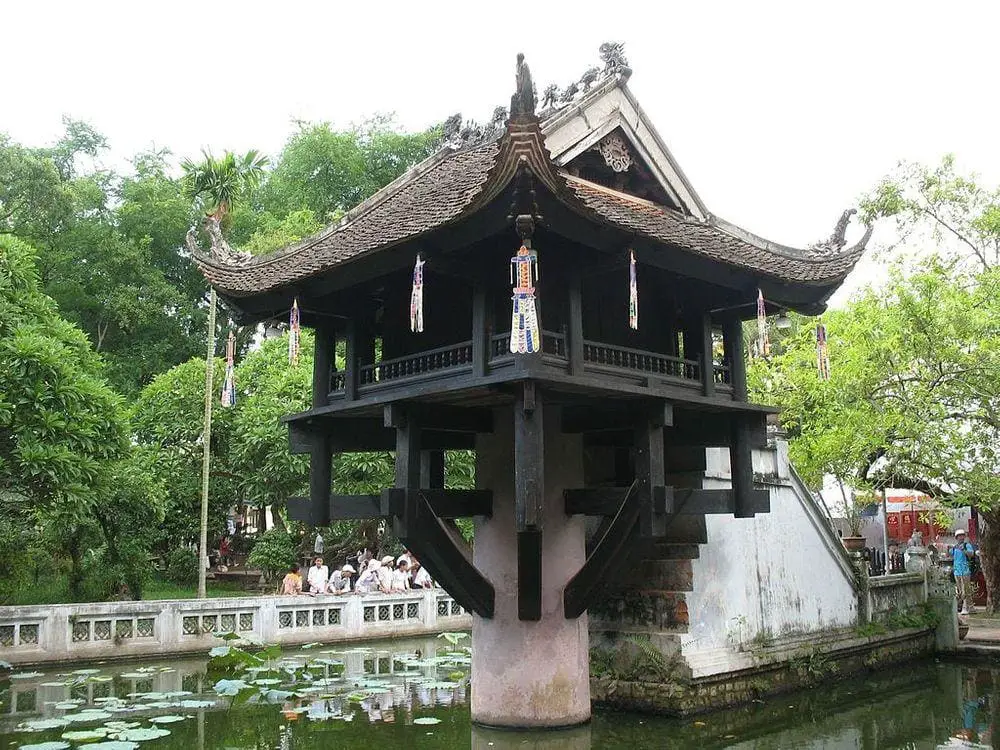
Small, unusual pagoda, built in the first half of the 11th century. Pagoda stands on a large pillar in the middle of pond.
Dâu Pagoda
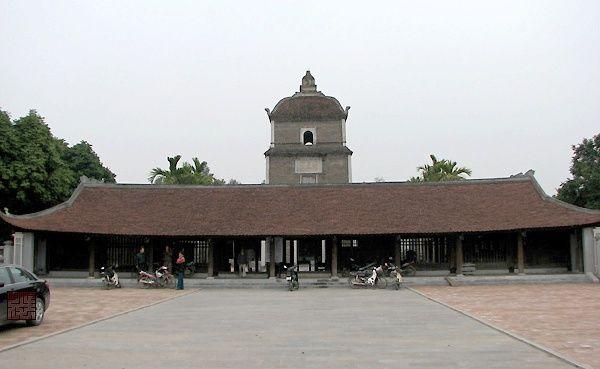
The oldest Buddhist pagoda in Vietnam, built between 187 and 226. Pagoda has unique architecture and has influenced the later development of Vietnamese architecture.
Bút Tháp Temple
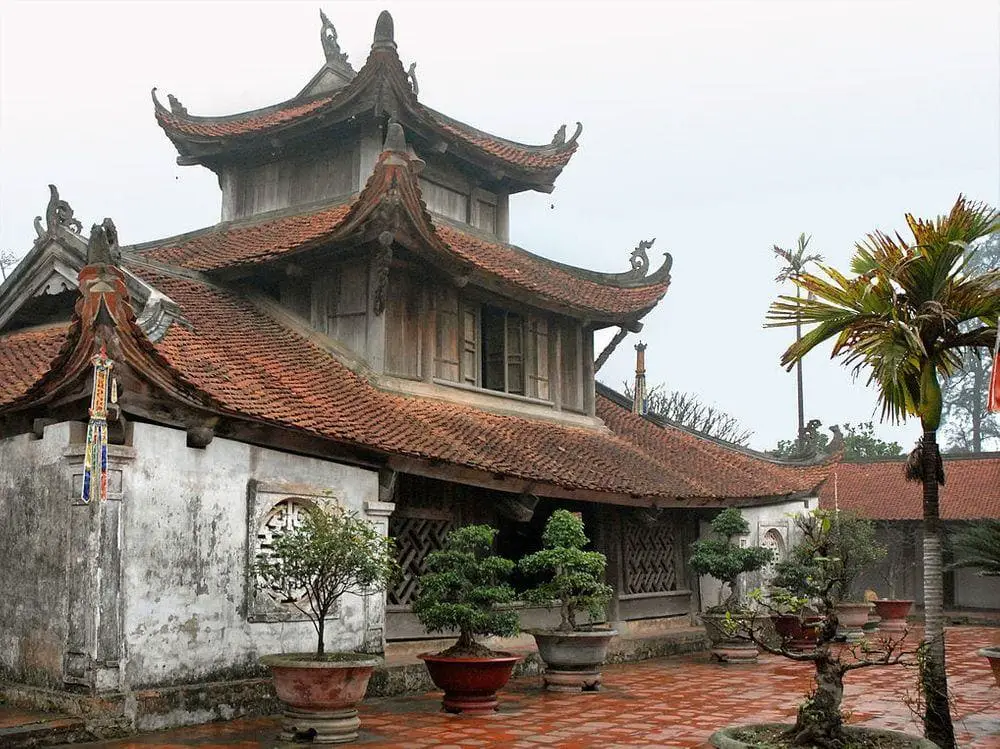
The best example of classic Vietnamese Buddhist architecture and art. This temple was built in the 17th century and has 10 buildings with numerous masterpieces of art.
Hue Imperial City

Well preserved fortified citadel of Huế city. The fortress is surrounded by massive walls that form 2 by 2 km large rectangle with the imperial palace – Purple Forbidden City inside. Construction of the fortress and palace was started in 1804, later were added many more palaces and other ornate buildings. Most of the buildings perished during the Vietnam War but some 10 remain.
Hanoi Citadel
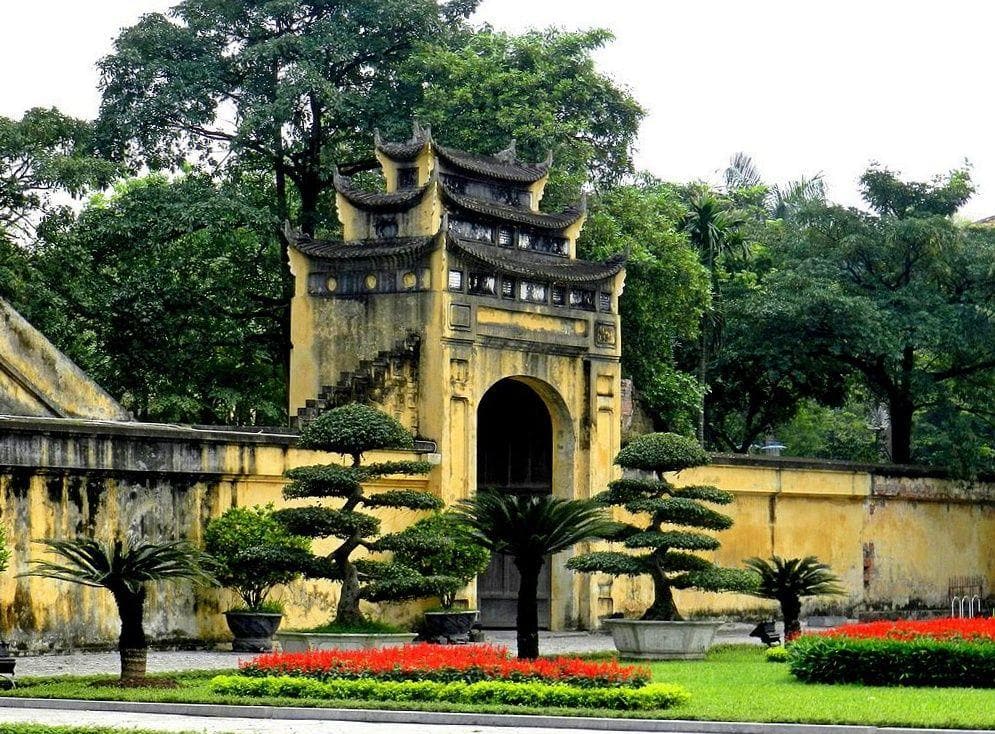
The former residence of the Vietnamese monarchs developed since the 1010 AD (Citadel of Thang Long) in the site of the older fortress. Most of the historical buildings were destroyed by the French in the late 19th century but some parts of the medieval Vietnamese architecture remain.
Hoa Lư Citadel
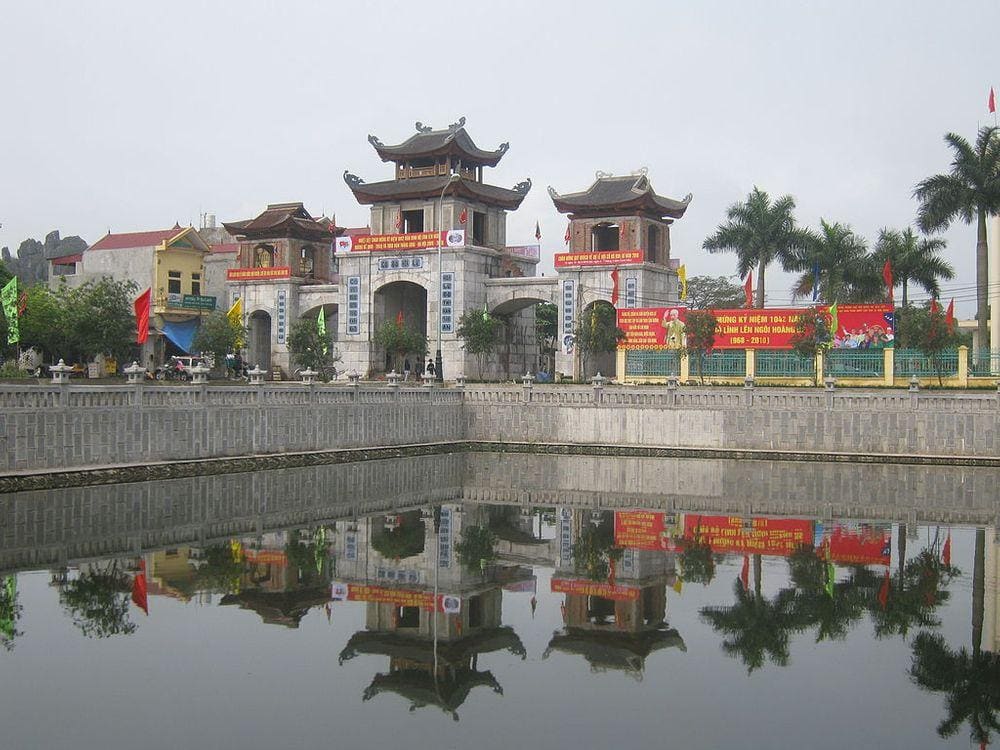
Citadel of the medieval capital of Vietnam, founded in the 10th century AD. Citadel was located among steep limestone pinnacles and was protected by some 10 m tall and up to 15 m thick earthen ramparts. Nowadays some parts of these ramparts and some temples remain.
Diên Khánh Citadel
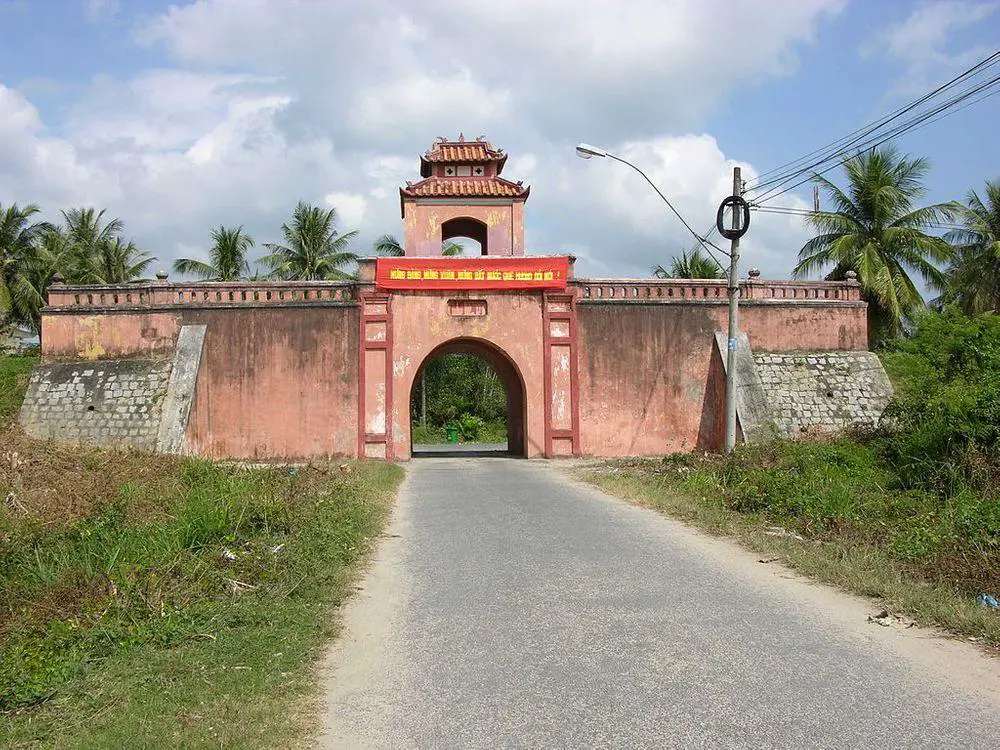
French built fortification that has been preserved in a very good condition. Built in 1793 in Vauban military architecture style.
Cổ Loa Citadel
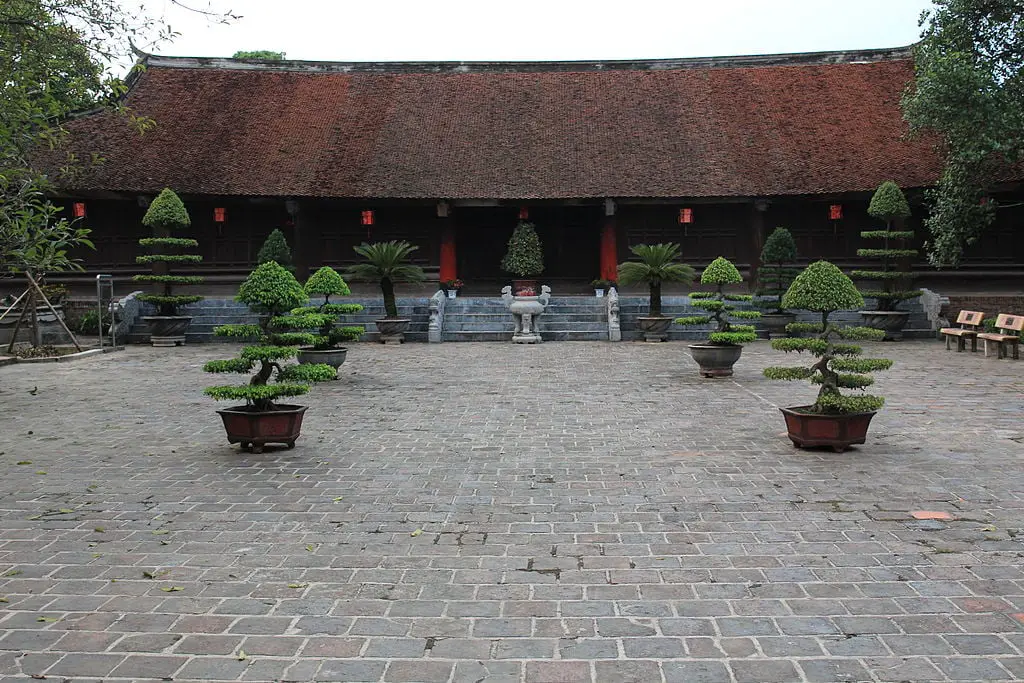
Oldest fortification in Hanoi, fortified citadel 20 km north from the center of the city. Development of this fortress started around 400 – 350 BC, outer walls have a perimeter of 8 km. Remaining ramparts are up to 12 m high. Cổ Loa town is located inside the ramparts up to this day.
